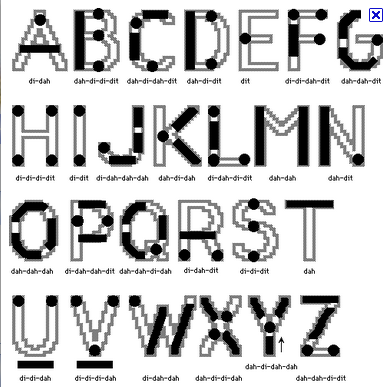Most people believe that S.O.S or “… ––– …” means “Save Our Ship”. Right? They’re wrong!
Prior to the modern radio days, when a ship was out of visual range of land or another vessel, they were pretty much completely isolated and unable to communicate. That is until the introduction of wireless Morse Code! Wireless telegraphers used Morse Code to send and receive messages from ship to ship or ship to shore.
By 1904, many ships were set up with Morse Code capabilities. …–––… was created as a way to send a distress call fast.
It had the following attributes:
• Anyone would remember it
• It could not be misinterpreted
• It was easy to send and listen to
It does not mean “Save Our Ship” or “Save Our Souls” and was actually only a Morse Code distress call.
…–––…
